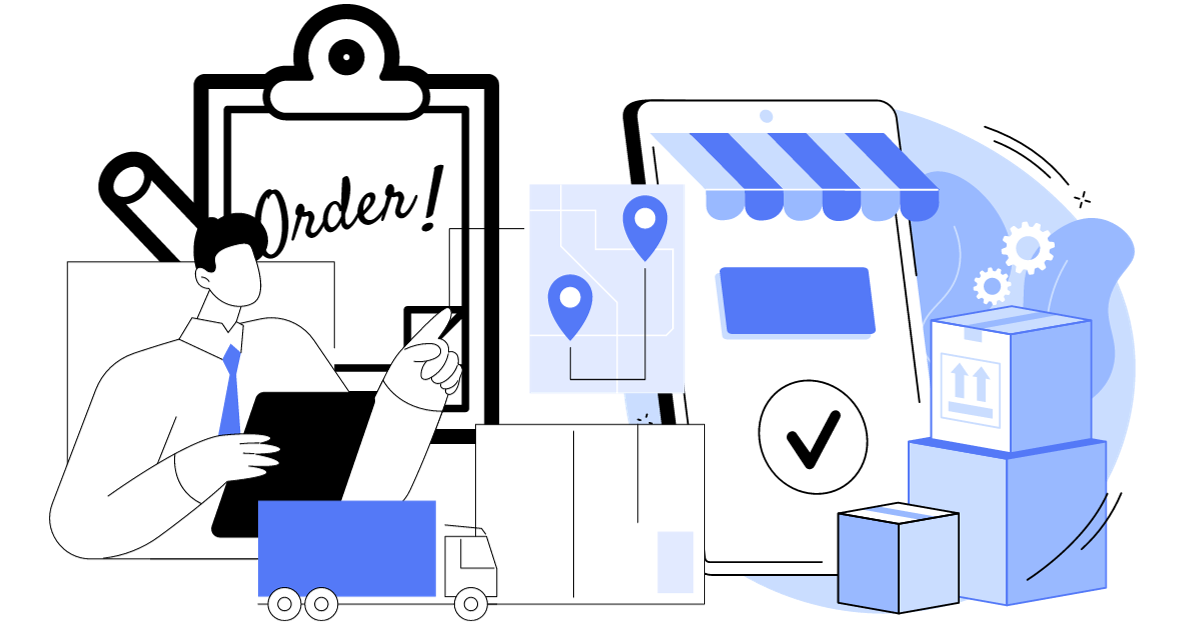One of the best ways to expand your customer base and boost revenue is through online tool sales. An increasing number of people are resorting to internet purchasing for their requirements as e-commerce grows. You may take advantage of this expanding market and reach a global consumer base by selling tools online. You can save money and boost your revenues by decreasing overhead expenses like rent, utilities, and staffing when you sell online. Let us now discuss how we may accomplish this.
Research Your Market
Identify Your Target Audience
A successful online tool business is built on having a solid understanding of its target audience. Ascertain which markets your items are intended for professional contractors, DIY enthusiasts, or particular sectors. Examine their requirements, inclinations, and purchasing patterns. Having a deep understanding of your target market enables you to customize your product offers and marketing messaging, building trust and rapport with potential customers.
Research Your Competitors
Investigating your rivals in-depth offers priceless insights into consumer expectations and industry trends. Examine the social media accounts, websites, and customer feedback of rival businesses. Determine their pricing policies, consumer engagement techniques, and strengths and shortcomings. By knowing what your rivals are doing well and where they might be falling short, you can position your company differently and present a compelling offer to prospective clients.
Determine What Tools Are in Demand
Keeping up with the latest tools that are in demand is essential to inventory optimization. Do market research on a regular basis to find out which tools and developing technologies are in vogue. To determine the interests of your customers, follow industry magazines, internet discussion boards, and social media posts. Furthermore, user comments and platform evaluations can offer insightful information about the quality and popularity of particular tools. You can make sure that your products continue to be appealing and relevant to your clients by keeping your inventory in line with market demands. By taking the initiative, you may establish your company as the place to go when looking for the newest and most in-demand products available.
Choose a Platform
Comparing Different Platforms for Selling Tools Online
It’s critical to carefully weigh your alternatives when choosing the best platform for online tool sales. Well-known sites such as Amazon, eBay, and Shopify provide clear benefits. Amazon offers a vast customer base along with an efficient sales process. eBay provides a wide range of users and auction-style postings. Shopify offers a variety of marketing tools along with storefronts that may be customized. Furthermore, take into account specialty tool marketplaces that serve tool purchasers, such as ToolBarn or Zoro. Examine all platform fees, such as listing fees, transaction fees, and subscription charges.
Choosing the Platform that Best Suits Your Needs
The platform you choose should be closely aligned with your long-term objectives and company requirements. Think about how easy it is to use. A user-friendly interface makes listing easier and improves the user experience for customers. Selecting platforms with reliable payment gateways and data encryption is essential for ensuring the safety of transactions. Customer service is really important, and there are platforms that can help you when you need it. Scalability is also essential; the platform you select should enable your company to expand easily, meeting the needs of a growing clientele and product line.
Create a Product Listing
Craft Compelling Product Descriptions
Make sure your product descriptions are persuasive, clear, and instructive when writing them for your online tool store. Give a brief description of each tool’s main attributes and functions, focusing on how the user can benefit from them. Whether your target is a tradesperson, a DIY enthusiast, or a professional builder, use language that speaks to them.
Common inquiries from customers, such as what the tool performs, its unique selling propositions, and how it stacks up against other goods, should be addressed in an efficient product description. Add pertinent keywords to your listings to boost search engine optimization (SEO) and visibility.
Take High-Quality Photos of Your Tools
Your virtual storefront is made up of high-quality photos. Invest in a high-resolution camera or hire a professional photographer to take crisp, detailed pictures of your equipment. Present the tools in a variety of ways, emphasizing their key characteristics. A background that is clean and well-lit can greatly improve the visual appeal of your merchandise. Think of including pictures of the products being utilized in actual situations or action shots. This helps potential customers see how they can utilize the technology in addition to showcasing its capabilities.
Keep in mind that your graphics should simulate being in-store for internet shoppers. Additionally, think about making little videos to show off tools that have moving parts or particular functions. Videos can help prospective clients feel more confident about the item and provide a more thorough grasp of how it works. You may design a product listing that captivates customers and motivates them to buy by fusing educational videos, excellent photos, and captivating product descriptions. Keep in mind that in an online marketplace, a product’s presentation can have a big impact on a buyer’s decision-making process.
Promote Your Products
Utilize Social Media Platforms
Social media sites are effective marketing tools for your goods. Make interesting entries that demonstrate how to use your tools. To prove their efficacy, you can include how-to videos, before-and-after pictures, or client endorsements. To keep your audience interested, always provide useful information on your social media profiles. Interact with your fans by answering their messages and comments right away to create a sense of community around your business.
Consider Paid Advertising Options
Your product’s visibility can be greatly increased with paid advertising. Targeted marketing solutions are available through platforms like social media advertising and Google Ads. To properly design your ads, find out about the preferences and demographics of your audience. You can connect with prospective buyers who are actively looking for tools or related products by using paid advertising. Track the effectiveness of your advertisements and modify your approach according to the data to optimize your return on investment.
In online marketing, remember that consistency is essential. Evaluate your strategies’ efficacy on a regular basis and modify them in response to shifting consumer preferences and market developments. It takes time and work to establish a strong internet presence, so be patient and tenacious in your marketing endeavors. Through proactive audience engagement and the utilization of diverse advertising channels, you can considerably augment the online visibility and sales of your tools.
Manage Your Inventory and Orders
Managing your inventory effectively
For your online tool business to run well, inventory management is essential. Make use of dependable inventory management software to monitor your supply levels instantly. By doing this, you can avoid understocking, which results in lost sales opportunities and disgruntled consumers, as well as overstocking, which needlessly ties up your cash. Assess consumer preferences and sales trends on a regular basis to make well-informed restocking decisions. To take advantage of market swings, monitor seasonal demand and modify your inventory accordingly.
Timely order fulfillment
Ensuring timely order fulfillment is essential to achieving client happiness. Process an order as soon as it is placed, making sure that it is picked, packed, and shipped accurately. Give customers clear choices and information about shipping. Send out proactive communications, such as order confirmations and shipping updates. Respond to consumer questions in a timely and professional manner to increase their trust in your offering. In addition to keeping your current clientele happy, providing outstanding service on a regular basis encourages customer loyalty and good word-of-mouth, both of which are priceless resources in the internet market.
Conclusion
To sum up, selling tools online necessitates careful preparation and knowledge of the dynamics of the industry. You can reach a large consumer base by choosing the appropriate platform, figuring out who your target market is, and marketing your items well. This is the perfect time to start this digital endeavor and see how your company grows in the internet market. I wish you luck!
[FAQ]
What are the essential steps to start selling tools online?
To start selling tools online, you need to begin with market research to understand your target audience, choose a platform (e.g., your own website or an established marketplace), source quality tools, set competitive pricing, and create a user-friendly website or product listings.
What are some tips for managing inventory effectively when selling tools online?
Implement inventory management software to track stock levels, set reorder points, and avoid overstocking or understocking. Regularly review sales data to make informed decisions about restocking and discontinuing products.
How can I stand out in the competitive online tool market?
To stand out, focus on quality, customer reviews, unique product offerings, and excellent customer service. Building a strong brand and creating a loyal customer base can set you apart from competitors.














This was beautiful Admin. Thank you for your reflections.
your welcome